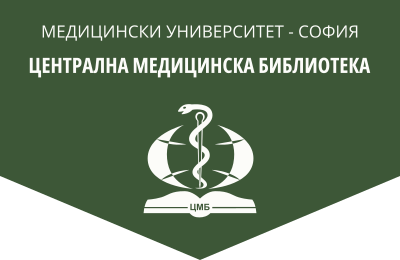Laboratory diagnostics of urinary tract infections
General Medicine,2023, 25(1), 55-64.
V. Snegarova-Toneva1, 2, D. Niyazi2, 3, T. Stoeva2, 3
1 MDL Laborexpres 2000 Ltd ‒ Varna
2 Department of Microbiology and Virology, Medical University ‒ Varna
3 Laboratory of Microbiology, UMHAT „Sv. Marina“ ‒ Varna
Abstract. Urinary tract infections (UTIs) are one of the most common infectious complications, affecting 150 million people each year worldwide. They are presented as community and hospital-acquired, developing after 48 hours within hospital admission. UTIs are common among patients with indwelling urinary catheters, with an incidence of around 80% and are responsible for the deterioration of the health status of already debilitated patients, increasing the length of hospital stay, treatment costs, morbidity and mortality. Urosepsis is the most serious complication of UTIs, associated with 20-40% mortality rate. The rapid identification and antimicrobial susceptibility testing of the uropathogens are of great importance for the appropriate etiological treatment and patient outcome. The dramatic increase in antimicrobial resistance among the uropathogens during the last decade worldwide seriously threatens the adequate choice of an active antimicrobial agent and significantly increases the economic burden in the healthcare system. This review presents the variety of laboratory methods, screening techniques, classical (culture method and its variations), as well as new approaches, presented by molecular-genetic and methods for proteomic analysis (PCR, fluorescence in situ hybridization, DNA sequencing, MALDI-TOF MS), which are used in the modern diagnosis of UTIs.
Key words: urinary tract infections, diagnosis, methods, microbial identification, antibiotic resistance
Address for correspondence: Viktoriya Snezhanova Snegarova-Toneva, MD, e-mail: vsnegarova@abv.bg
